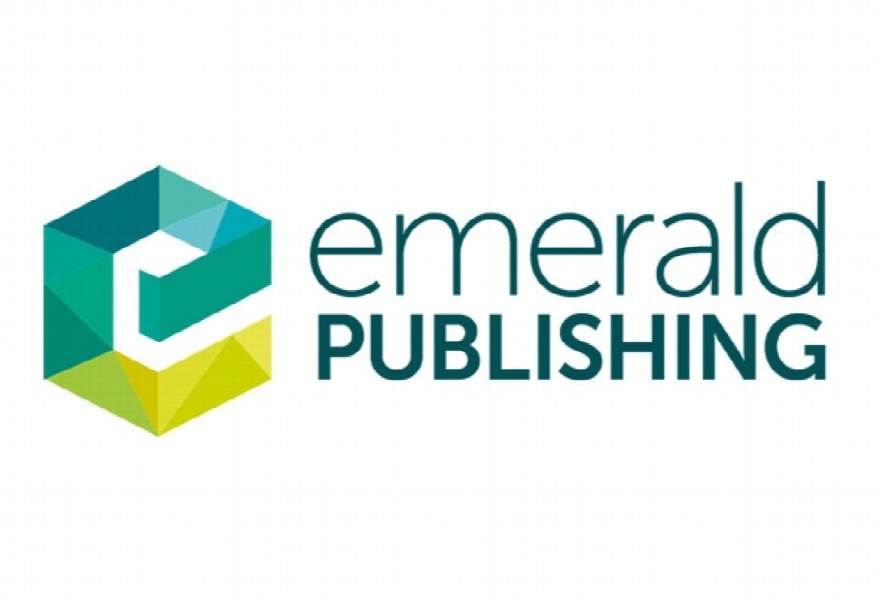دستورالعمل تحقیق مدیریت ریسک زنجیره تامین Supply chain risk management research agenda – from a literature review to a call for future research directions
- نوع فایل : کتاب
- زبان : انگلیسی
- ناشر : Emerald
- چاپ و سال / کشور: 2018
توضیحات
رشته های مرتبط مدیریت و مهندسی صنایع
گرایش های مرتبط لجستیک و زنجیره تامین، مدیریت پروژه
مجله بازنگری مالیه کشاورزی – Agricultural Finance Review
منتشر شده در نشریه امرالد
گرایش های مرتبط لجستیک و زنجیره تامین، مدیریت پروژه
مجله بازنگری مالیه کشاورزی – Agricultural Finance Review
منتشر شده در نشریه امرالد
Description
Introduction Crisis and catastrophes such as volcano eruptions in Ireland, earthquake in Taiwan and Japan, and Hurricanes in US gulf coast has led the companies to asses “how vulnerable their global supply chains” actually were (Wieland and Wallenburg, 2012:890) with an increasing interest from supply chain practitioners as well as academics (Christopher and Holweg, 2010; Wieland and Wallenburg, 2012; Colicchia and Strozzi, 2012). In a study 400 senior supply chain executives classified supply chain risk (SCRM) as one of the biggest challenges, despite only 69 percent reporting that they had risk monitoring processes present (McKinsey, 2010, Butner, 2010). The supply chain risk (SCR) is not a new phenomenon as “doing business require[d] the acceptance of some level of risk within organisations” (Olson and Wu, 2011:401). Nevertheless, the supply chain risk management (SCRM) has gained in momentum as it became a supply chain capability, one that supported businesses (Colicchia and Strozzi, 2012) and had the potential to reduce cost (Nelson et al, 1998), considering that a cost of a crisis for a day can surmount to companies 72$ million in profits (Pettit et al. 2013) . Barry (2004) noted that it is also imperative to keep a risk and the uncertainty lens as one of the firm’s capabilities and for its competitiveness and viability. Due to the fact that “a supply chain […] can never be risk free, that is, one cannot eradicate the chance of an undesirable/desirable event occurring” (Tummola and Schoenherr, 2011:474), the importance of the concept supply chain risk is here to stay. Equally, supply chain risk has been associated with vulnerability, disruption, and uncertainty and in also in some cases with supply chain security (Autry and Bobbitt, 2008; Ghadge et al. 2012). The SCR can be defined as the “variation in the distribution of possible supply chain outcomes and their likelihoods, and their subjective values” (Juttner et al. 2003)” as well as an “expected outcome of an uncertain event, i.e. uncertain events lead to existence of risk” (Manuj and Metzer, 2008:196). “[T]ypically risk contexts [involves] … often somewhere in the middle of risk-uncertainty spectrum (i.e. neither pure risk taking nor complete uncertainty)” (Ritchie and Brindley, 2007:306; Collicchia and Strozzi, 2012).


